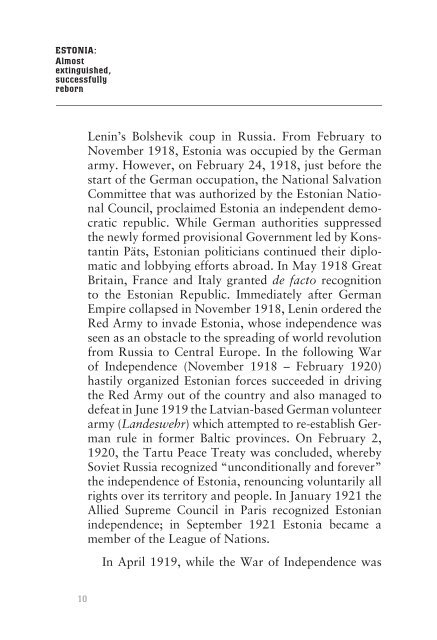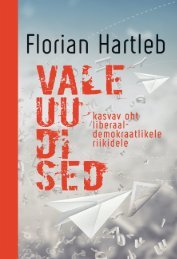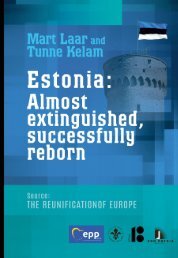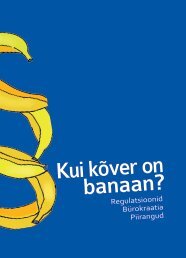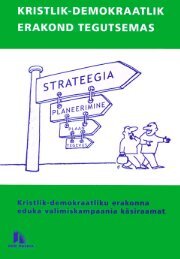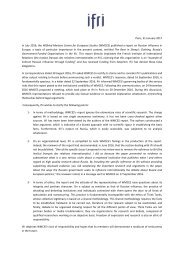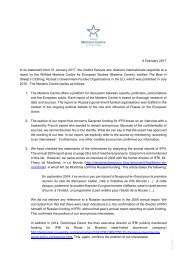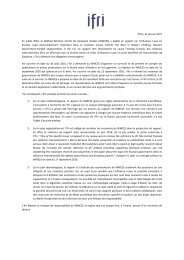Estonia: Almost extinguished, successfully reborn
The following text is the shortest possible review to help inform friends and guests from abroad about Estonia’s experience with foreign occupation and totalitarianism as well as its road to peacefully re-establishing national inde-pendence on the basis of democracy. Tunne Kelam Member of the European Parliament
The following text is the shortest possible review to help inform friends and guests from abroad about Estonia’s experience with foreign occupation and totalitarianism as well as its road to peacefully re-establishing national inde-pendence on the basis of democracy.
Tunne Kelam
Member of the European Parliament
You also want an ePaper? Increase the reach of your titles
YUMPU automatically turns print PDFs into web optimized ePapers that Google loves.
ESTONIA:<br />
<strong>Almost</strong><br />
<strong>extinguished</strong>,<br />
<strong>successfully</strong><br />
<strong>reborn</strong><br />
Lenin’s Bolshevik coup in Russia. From February to<br />
November 1918, <strong>Estonia</strong> was occupied by the German<br />
army. However, on February 24, 1918, just before the<br />
start of the German occupation, the National Salvation<br />
Committee that was authorized by the <strong>Estonia</strong>n National<br />
Council, proclaimed <strong>Estonia</strong> an independent democratic<br />
republic. While German authorities suppressed<br />
the newly formed provisional Government led by Konstantin<br />
Päts, <strong>Estonia</strong>n politicians continued their diplomatic<br />
and lobbying efforts abroad. In May 1918 Great<br />
Britain, France and Italy granted de facto recognition<br />
to the <strong>Estonia</strong>n Republic. Immediately after German<br />
Empire collapsed in November 1918, Lenin ordered the<br />
Red Army to invade <strong>Estonia</strong>, whose independence was<br />
seen as an obstacle to the spreading of world revolution<br />
from Russia to Central Europe. In the following War<br />
of Independence (November 1918 – February 1920)<br />
hastily organized <strong>Estonia</strong>n forces succeeded in driving<br />
the Red Army out of the country and also managed to<br />
defeat in June 1919 the Latvian-based German volunteer<br />
army (Landeswehr) which attempted to re-establish German<br />
rule in former Baltic provinces. On February 2,<br />
1920, the Tartu Peace Treaty was concluded, whereby<br />
Soviet Russia recognized “unconditionally and forever”<br />
the independence of <strong>Estonia</strong>, renouncing voluntarily all<br />
rights over its territory and people. In January 1921 the<br />
Allied Supreme Council in Paris recognized <strong>Estonia</strong>n<br />
independence; in September 1921 <strong>Estonia</strong> became a<br />
member of the League of Nations.<br />
In April 1919, while the War of Independence was<br />
10


